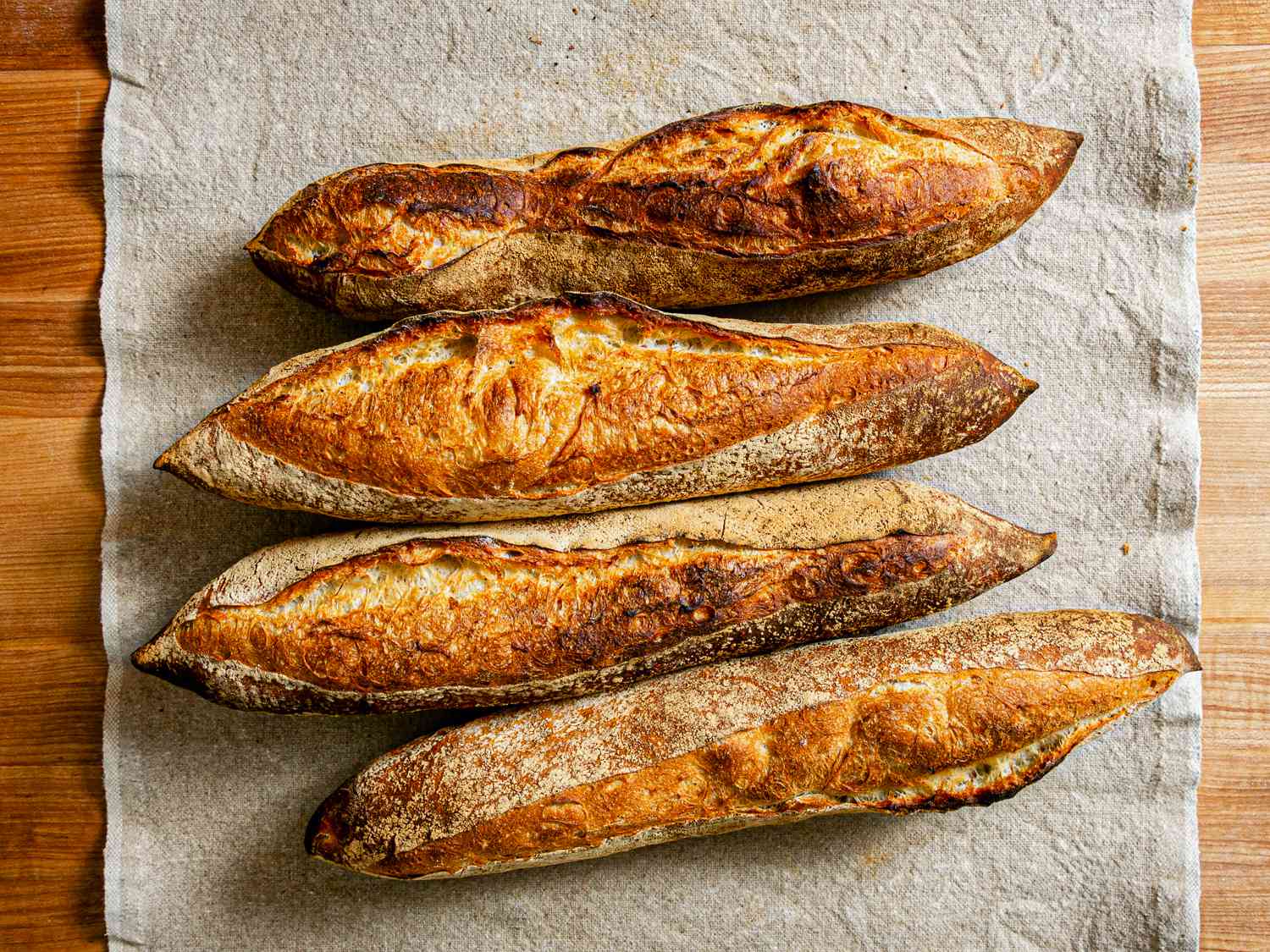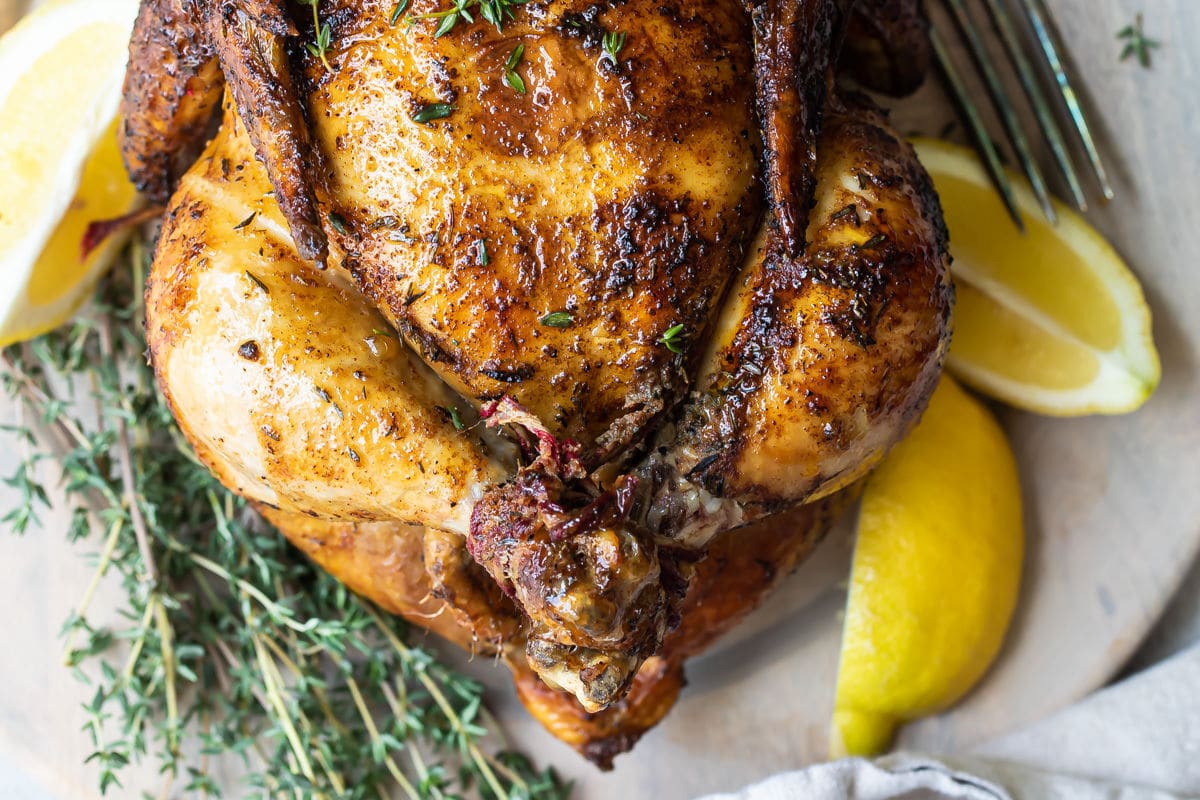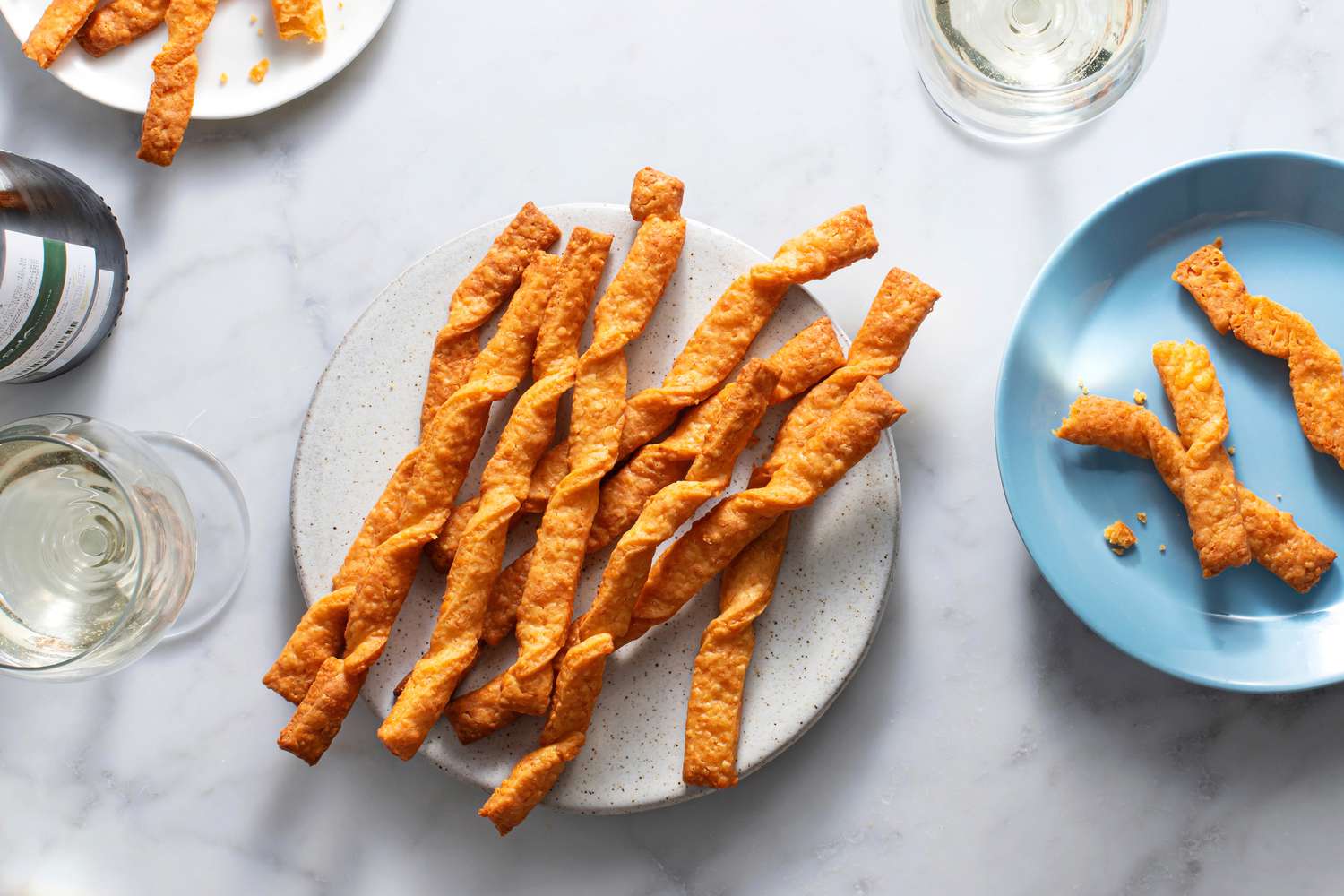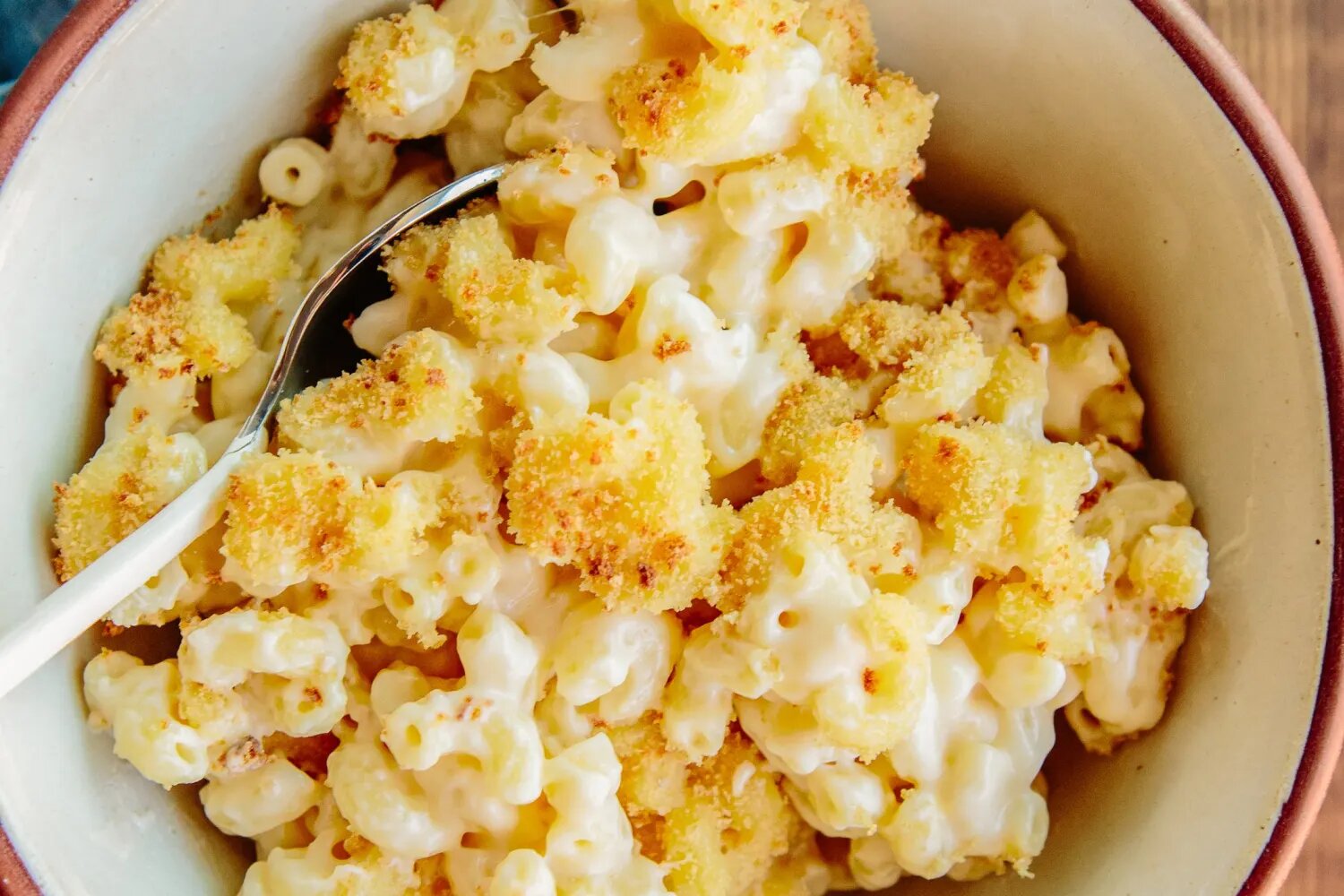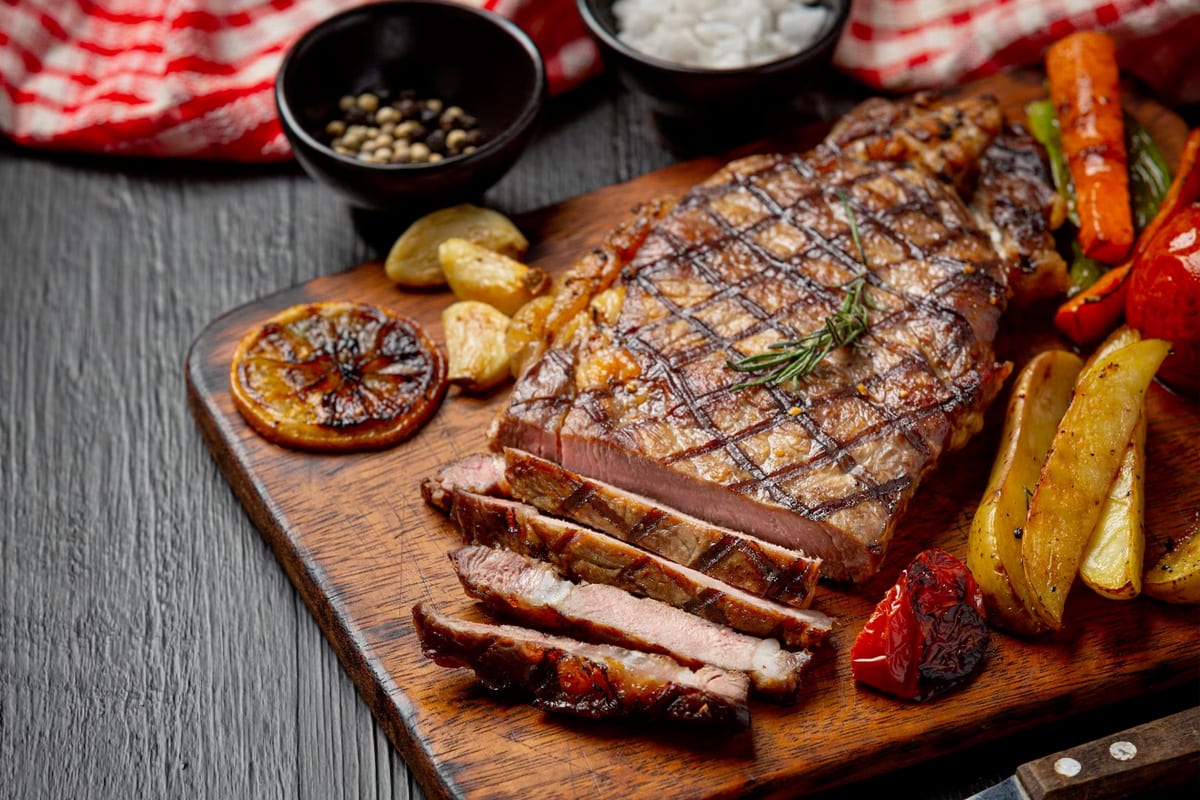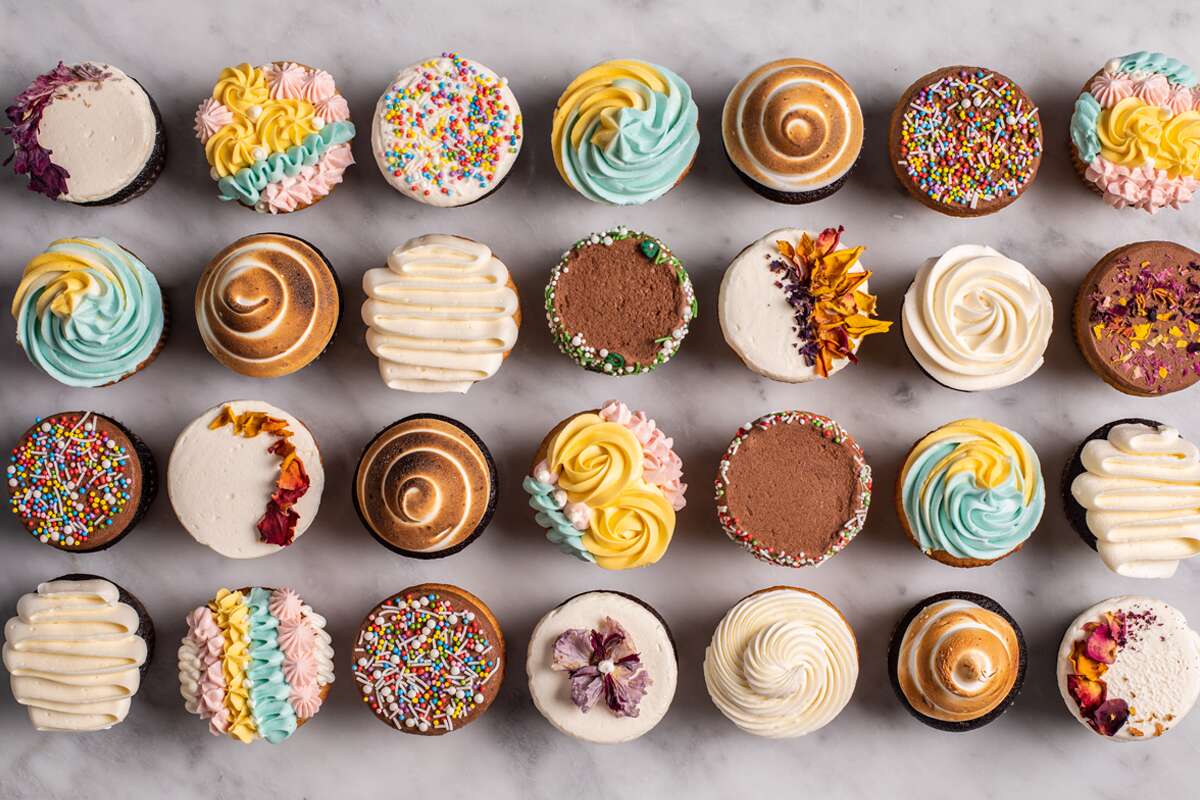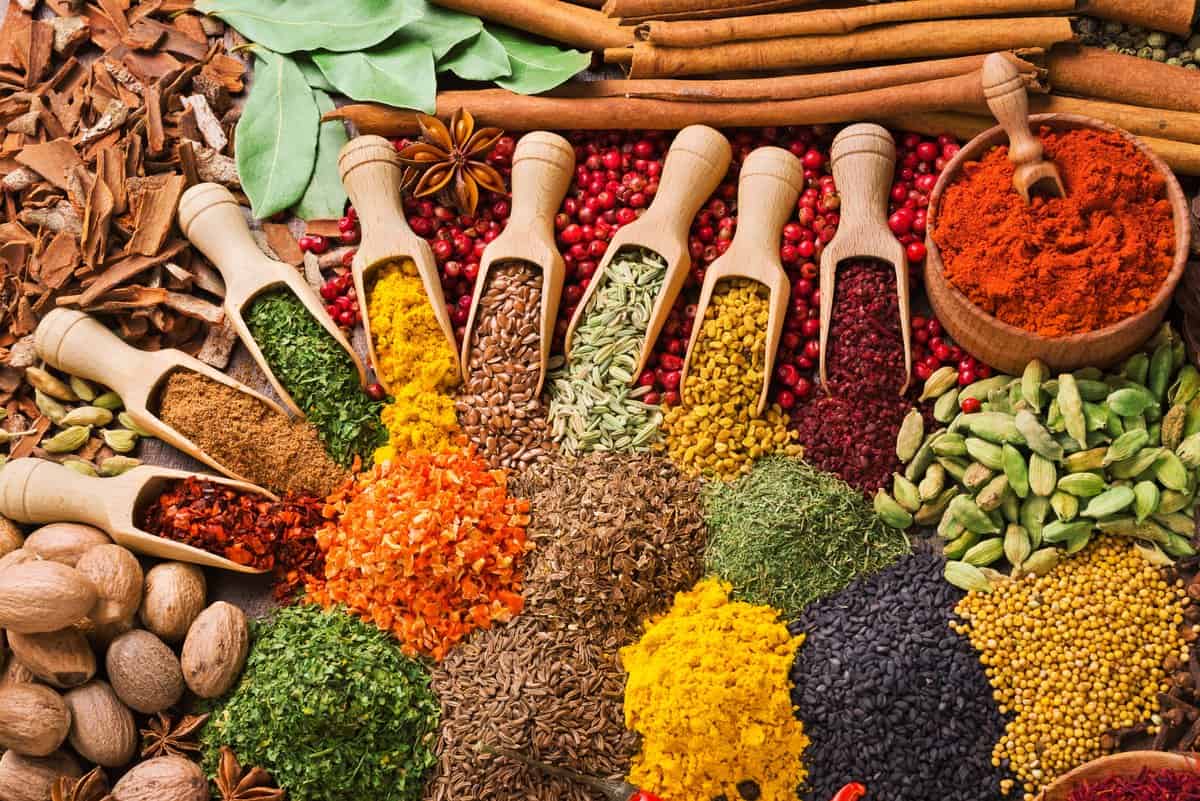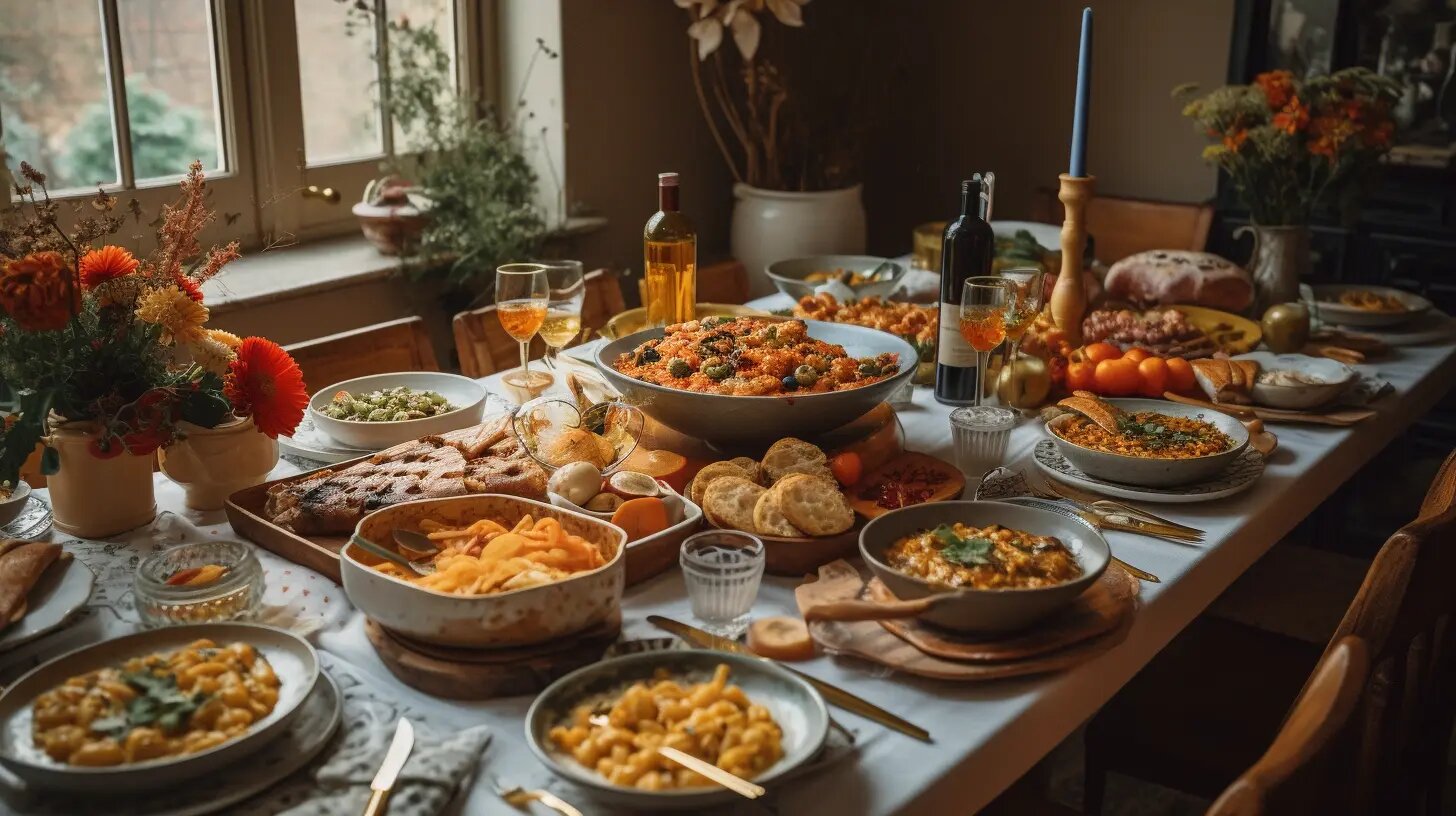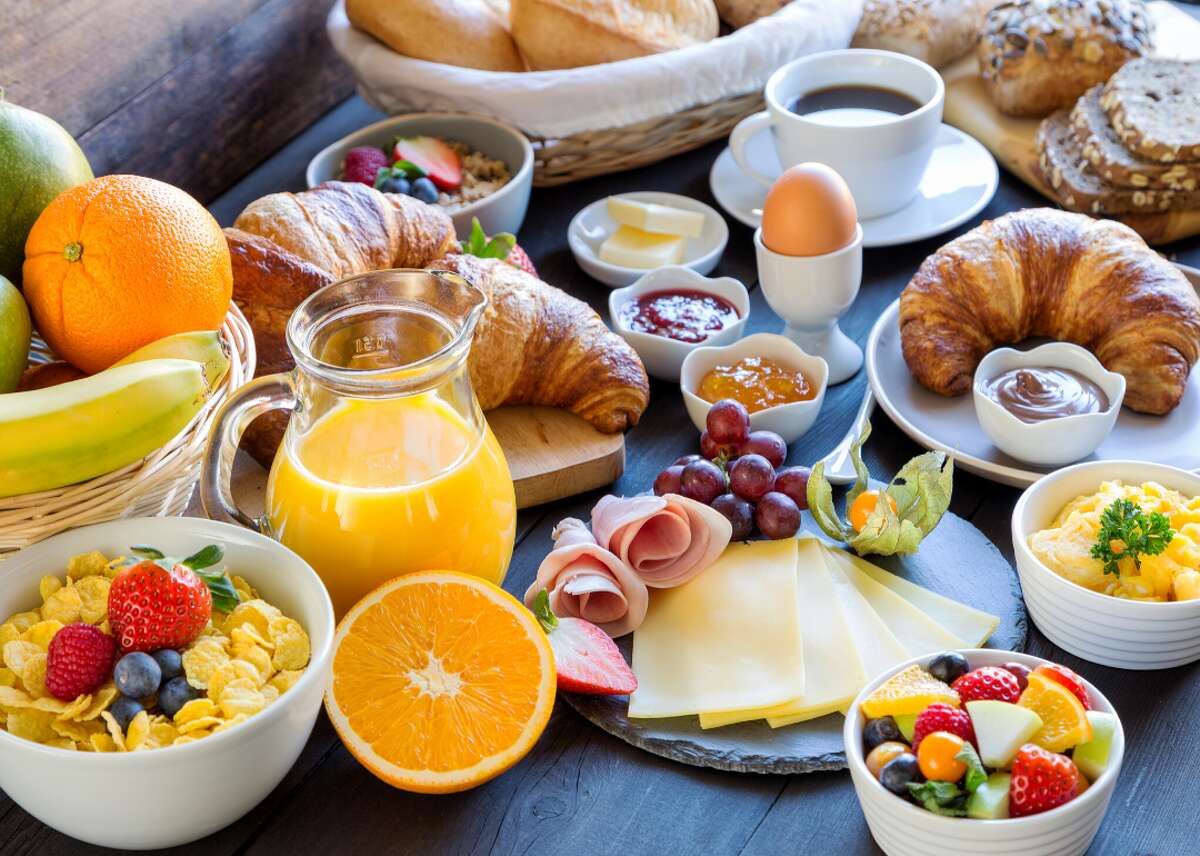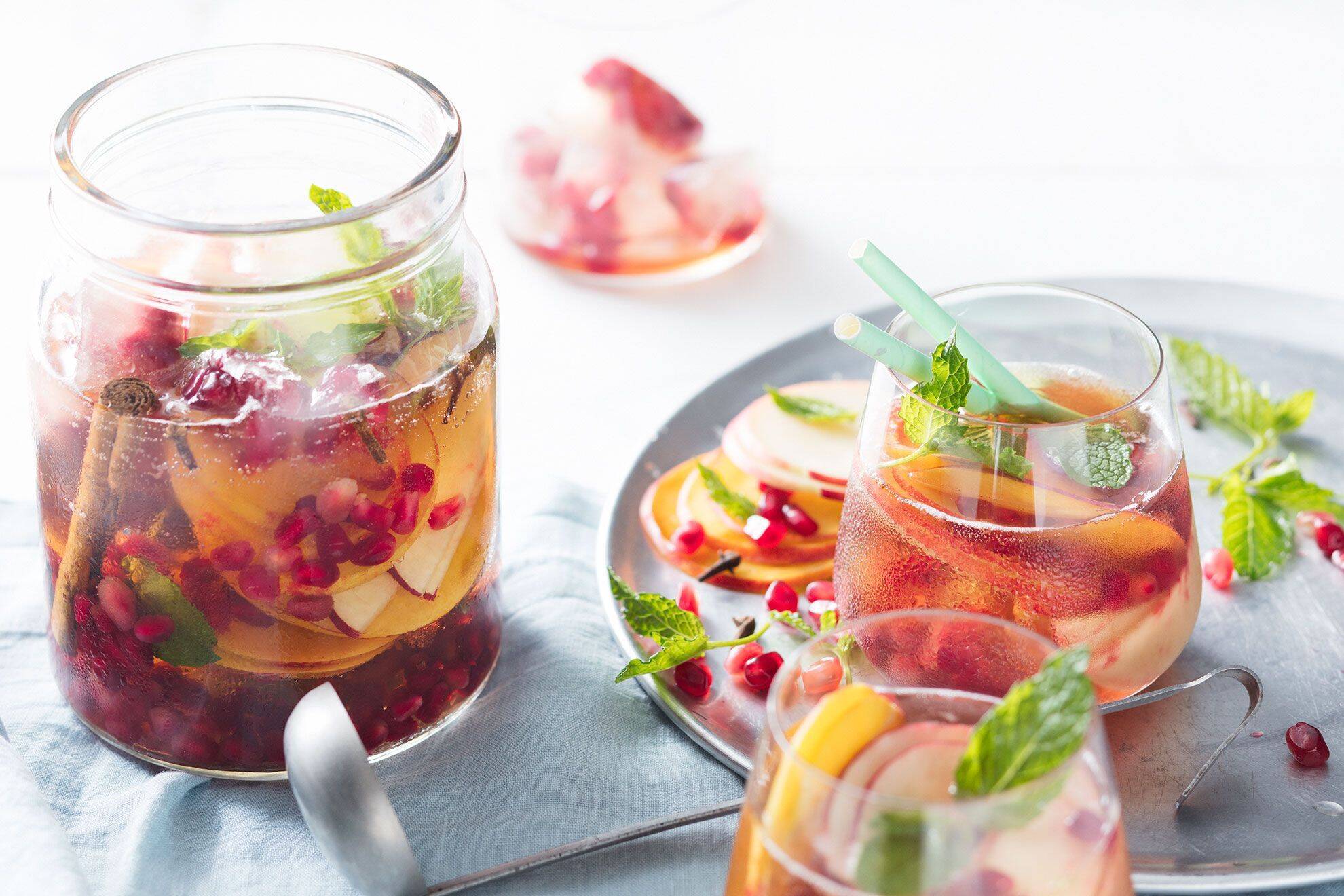Top Baking Tips
If you’re someone who loves to bake, then you know that baking is both an art and a science. To achieve those perfect, delicious treats, it’s important to keep a few key tips in mind. Whether you’re a beginner or an experienced baker, these top baking tips will help elevate your skills and ensure that your desserts turn out amazing every time.
1. Measure Ingredients Accurately
One of the most crucial aspects of baking is accurate measuring of ingredients. Invest in a good set of measuring cups and spoons, and always level off dry ingredients with a straight edge. For liquid ingredients, use a liquid measuring cup placed on a flat surface for accurate measurement. Remember, baking is a science, and precise measurements are essential for consistent results.
2. Preheat Your Oven
Never forget to preheat your oven before baking. This step ensures that your baked goods cook evenly and rise properly. Preheating also helps activate certain leavening agents used in baking, such as baking powder and baking soda. Check your recipe for the recommended oven temperature and allow enough time for the oven to reach that temperature before putting your goodies in.
3. Use Quality Ingredients
To achieve great tasting baked goods, it’s important to use high-quality ingredients. From flour and sugar to butter and eggs, invest in the best ingredients you can afford. Fresh ingredients will provide superior flavor and texture to your creations. Additionally, always check the expiration dates of your ingredients as using expired or stale ingredients can affect the final outcome of your baked goods.
4. Don’t Overmix the Batter
Overmixing your batter can lead to dense and tough baked goods. When combining your wet and dry ingredients, mix just until everything is incorporated. Overmixing can develop the gluten in the flour, resulting in a less tender texture. Aim for a smooth batter with no visible lumps, but avoid excessive mixing.
5. Properly Grease Your Baking Pans
There’s nothing more disappointing than your baked goods sticking to the pan. To avoid this, make sure to properly grease your baking pans. Use butter or cooking spray, and for extra insurance, line the bottom of the pan with parchment paper. This will help your treats release easily and keep their shape.
6. Rotate Your Baking Sheets
For even baking, it’s a good practice to rotate your baking sheets halfway through the baking time. This ensures that all sides of your treats receive equal heat. Additionally, if you’re baking multiple pans at once, make sure there’s enough space between them for proper air circulation.
7. Allow Proper Cooling Time
When your baked goods are done, resist the temptation to dig in immediately. Allow them to cool completely on a wire rack before serving or decorating. This will prevent your treats from crumbling and help the flavors develop fully. Patience is indeed a virtue in the world of baking.
8. Practice, Practice, Practice
Baking is a skill that gets better with practice. Don’t be discouraged if your first attempts don’t turn out perfectly. Keep trying, learn from your mistakes, and embrace the process. Each baking adventure is an opportunity to refine your skills and create something delicious.
So, there you have it – our top baking tips to help you become a better baker. Remember, baking is a wonderful combination of creativity and precision, so don’t be afraid to experiment and have fun along the way. Happy baking!
Was this page helpful?
Read Next: Baking Tools And Equipment Guide

